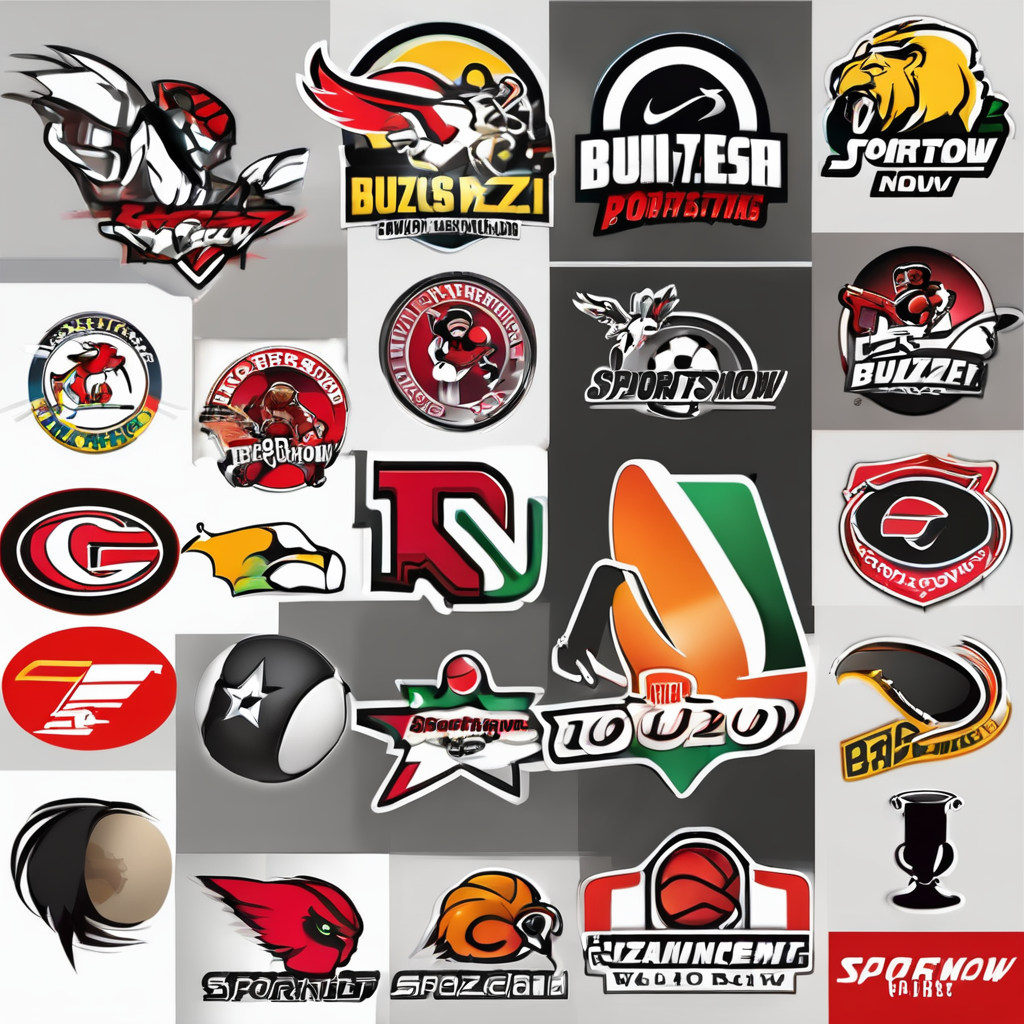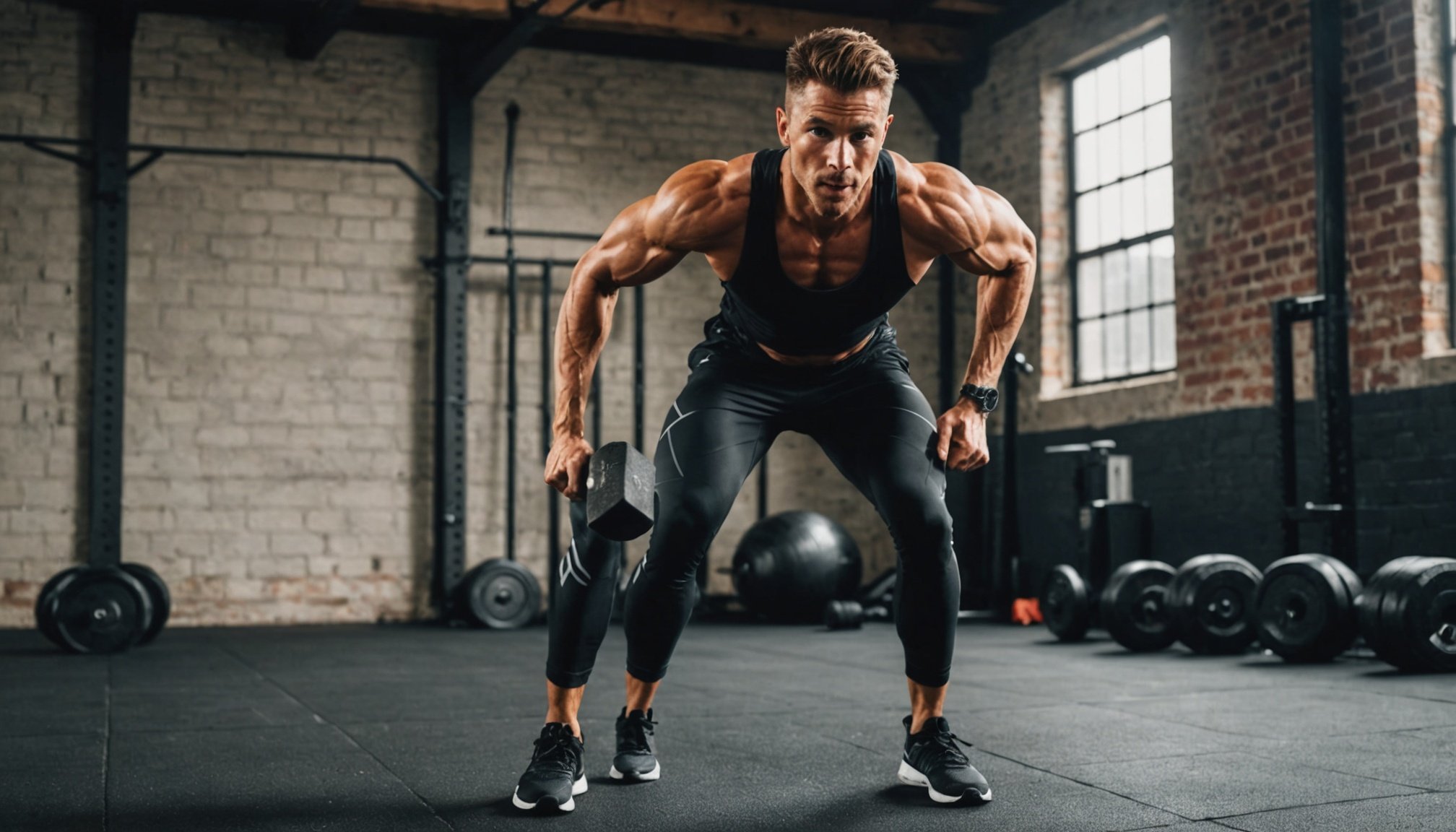Unleashing the Power of Recovery: The Ultimate Cooldown Routine for Your HIIT Workouts
When it comes to High-Intensity Interval Training (HIIT), the focus often lies on the intense bursts of exercise that push your body to its limits. However, the recovery phase, particularly the cooldown routine, is just as crucial for maximizing the benefits of your HIIT workouts and ensuring overall fitness and well-being.
Why Recovery is Key to Your HIIT Workouts
Recovery is not just an afterthought; it is an integral part of your workout routine. Here’s why:
Topic to read : How Air Pollution Influences Your Outdoor Workout: Understanding the Effects on Exercise Routines
Reducing Muscle Soreness and Risk of Injury
After a high-intensity workout, your muscles are under significant stress. A proper cooldown helps in reducing muscle soreness (Delayed Onset Muscle Soreness, or DOMS) and lowers the risk of injury. “When you’re first starting out with HIIT, it’s common to feel a bit sore the next day,” says Kate Meier, NASM-CPT. “A good cooldown can help mitigate this and make your fitness journey more sustainable”.
Promoting Blood Flow and Reducing Inflammation
Cooling down helps in promoting blood flow, which is essential for delivering oxygen and nutrients to your muscles. This process aids in the repair and rebuilding of muscle tissue, reducing inflammation and enhancing overall recovery.
Also read : Unlock Your Swimming Potential: The 5 Essential Strength-Training Exercises Every Beginner Should Master
Regulating Heart Rate and Breathing
High-intensity workouts push your heart rate to its limits. A cooldown routine helps in gradually bringing your heart rate and breathing back to normal, ensuring that your body transitions smoothly from an intense state to a resting state. “The goal is to keep your heart rate in check, especially after intense intervals,” explains Tony Ambler-Wright, NASM master instructor. “This helps in maintaining cardiovascular health and preventing any sudden drops in blood pressure”.
The Ideal Cooldown Routine for HIIT Workouts
A well-structured cooldown routine should include a combination of stretching, light cardio, and breathing exercises. Here’s a detailed guide to help you create the ultimate cooldown routine for your HIIT workouts:
Stretching Exercises
Stretching is crucial for flexibility and muscle recovery. Here are some essential stretches to include in your cooldown routine:
- Hamstring Stretch: Stand with your feet shoulder-width apart, then bend forward at the hips to stretch the back of your legs.
- Quad Stretch: Stand with one hand against a wall for balance, lift one leg behind you, and grab your ankle with your hand.
- Chest Stretch: Stand in a doorway with your hands on the doorframe at shoulder height, lean forward until you feel a stretch in your chest.
- Shoulder Rolls: Roll your shoulders forward and backward in a circular motion to release tension.
- Hip Flexor Stretch: Kneel on all fours, bring one knee forward, and place your foot flat on the ground in front of the other knee.
| Exercise | Duration | Focus Area |
|---|---|---|
| Hamstring Stretch | 30 seconds | Hamstrings |
| Quad Stretch | 30 seconds | Quadriceps |
| Chest Stretch | 30 seconds | Chest |
| Shoulder Rolls | 30 seconds | Shoulders |
| Hip Flexor Stretch | 30 seconds | Hip Flexors |
Light Cardio
Light cardio helps in gradually reducing your heart rate and promoting blood flow. Here are some light cardio exercises you can include:
- Walking: A gentle walk around the room or on a treadmill.
- Jogging in Place: A slow jog in place to keep your heart rate up without exerting too much.
- Cycling: A slow cycle on a stationary bike.
- Swimming: If you have access to a pool, a few laps of light swimming can be very beneficial.
Breathing Exercises
Breathing exercises help in regulating your heart rate and reducing stress. Here are some simple breathing exercises:
- Deep Breathing: Take slow, deep breaths in through your nose and out through your mouth.
- Box Breathing: Breathe in for 4 seconds, hold for 4 seconds, breathe out for 4 seconds, and hold again for 4 seconds.
- Alternate Nostril Breathing: Close one nostril with your finger and breathe in through the other, then switch to breathe out.
Practical Tips for Your Cooldown Routine
Here are some practical tips to ensure you get the most out of your cooldown routine:
Start Slowly
Begin your cooldown with light cardio to gradually bring down your heart rate. “You want to transition smoothly from high intensity to low intensity,” advises Len Kravitz, PhD. “This helps in preventing any sudden drops in blood pressure and ensures a smooth recovery”.
Focus on Major Muscle Groups
Ensure that your stretching routine covers all major muscle groups, including your hamstrings, quadriceps, chest, shoulders, and hip flexors. This comprehensive approach helps in overall muscle recovery and flexibility.
Listen to Your Body
Pay attention to how your body feels during the cooldown. If you’re feeling particularly sore or tight in certain areas, spend a bit more time stretching those muscles.
Incorporate Foam Rolling or Self-Myofascial Release
Using a foam roller or engaging in self-myofascial release can help in reducing muscle tension and promoting recovery. Focus on areas like your IT band, quadriceps, and hamstrings.
Examples of Effective Cooldown Routines
Here are a few examples of cooldown routines that you can tailor to your specific needs:
Basic Cooldown Routine
- Light Cardio: 5 minutes of walking or jogging in place.
- Stretching:
- Hamstring Stretch: 30 seconds per leg.
- Quad Stretch: 30 seconds per leg.
- Chest Stretch: 30 seconds.
- Shoulder Rolls: 30 seconds.
- Hip Flexor Stretch: 30 seconds per leg.
- Breathing Exercises: 5 minutes of deep breathing or box breathing.
Advanced Cooldown Routine
- Light Cardio: 10 minutes of cycling or swimming.
- Stretching:
- Hamstring Stretch: 45 seconds per leg.
- Quad Stretch: 45 seconds per leg.
- Chest Stretch: 45 seconds.
- Shoulder Rolls: 45 seconds.
- Hip Flexor Stretch: 45 seconds per leg.
- Breathing Exercises: 10 minutes of alternate nostril breathing or guided meditation.
- Foam Rolling: 10 minutes focusing on IT band, quadriceps, and hamstrings.
Incorporating a well-structured cooldown routine into your HIIT workouts is essential for maximizing the benefits of your training. By focusing on stretching, light cardio, and breathing exercises, you can enhance your recovery, reduce muscle soreness, and maintain overall fitness and well-being.
Remember, recovery is not just about what you do after your workout; it’s an integral part of your fitness journey. As Tony Ambler-Wright puts it, “The benefits of HIIT are truly derived from the intensity at which you’re challenging yourself, but also from how well you recover”.
So, the next time you finish a high-intensity interval training session, take the time to cool down properly. Your body will thank you, and you’ll see significant improvements in your overall fitness and endurance. Happy training











